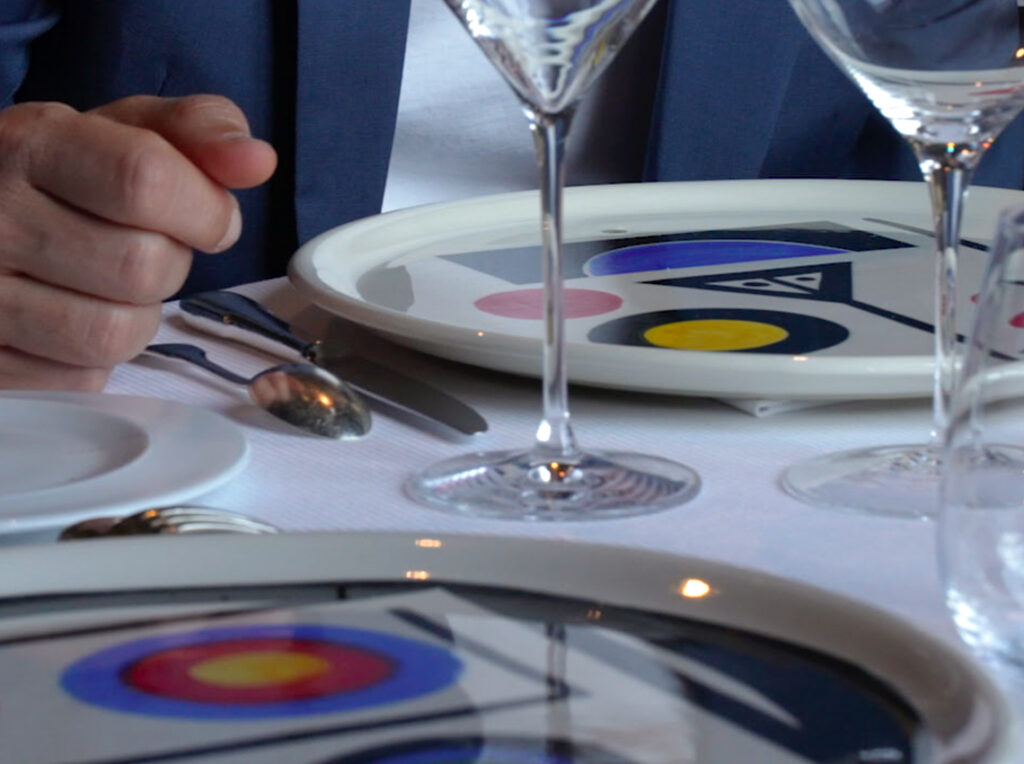
In 1923 researcher Bronisław Kasper Malinowski published an essay The Problem of Meaning in Primitive Language, where he demonstrated the interest of small talk to satisfy a fundamental need of man : camaraderie. Small talk plays an essential role in social relations.
Why would you care about food stories? To always have a stunning conversation during your business events ! You may not want to speak about your personal life, may disagree on sports, economic or political news, right ? Good food & drink unite people around this universal pleasure that is gastronomy. Let me fuel your smart talk !


STORY TO TELL ABOUT GASTRONOMIC MEAL
Whether you are familiar with French gastronomic meal at home or at the restaurant, you will rediscover its history and traditional menu. Firstly it seems important to remind the difference between cuisine and gastronomy. The first concerns the preparation of the meal and the second one the tasting including the knowledge of the product and the scheduling of the meal, the tableware, the food pairing and of course the appreciation. I will teach you to talk about gastronomy as an expert to impress guests.

While waiting to start the meal, you can tell how the meal and the gastronomic restaurant were thought and codified by the Nobility. If Bourgeoisie has always imitated the aristocratic elites, money cant’ buy taste and good manners. The aristocratic table historically offered refined dishes, cooked with refinement and served à la Française. Associated with luxury, gastronomy has always been a way to assert power.
Until the 18th century, all dishes were served at the same time : appetizer, hors d’oeuvres, soup, side dish, starter, rôts, entremets, desserts (including cheese, pastry, fruit, sweet entremet, mignardise). The birth of the modern restaurant in the 18th century gradually changed customs. Unlike the taverns, the client were seated on an individual table and chose a menu served at any time of the day.
To rationalize costs, the French-style service was replaced during the 19th century by the Russian-style service. The starter, main course and dessert were served one after the other and no longer simultaneously. The French gastronomic meal is structured around 4 to 6-course menu including appetizer served as an aperitif, starter, one or two dishes (fish, meat or vegetarian), cheese, dessert and mignardises served with a hot drink or a digestive.

Gastronomy is an underestimated asset in your professional success. Make your salesteam save time learning in a few hours how to better understand people & better work with them.
Empowerment : why and how can gastronomy help you gain confidence. Leadership : the basics of communication and the art of asking the right questions. Culture : boost your conversation throughout historical meals & gourmet artists.
